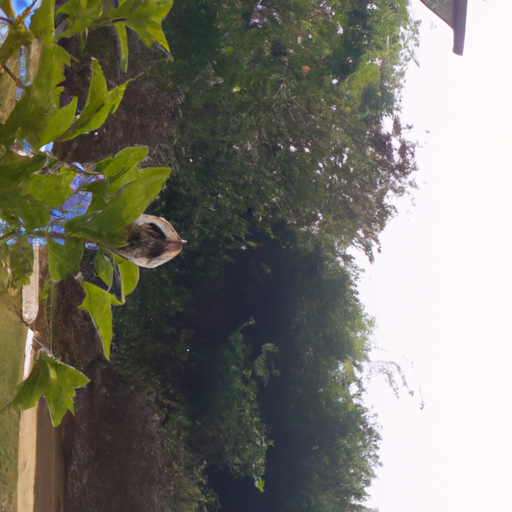As a caregiver, you always want to ensure the well-being of those you’re taking care of, even if they have four legs and a tail. Sometimes, that means doing a bit of extra research, especially when it comes to what’s in your home. Today, we’re going to talk about something you might not have thought of: house plants.
1. The Beauty and Danger of House Plants
House plants are a wonderful way to bring a touch of nature inside, especially if you live in an apartment or a city. They can purify the air, add a calming aesthetic to your home, and some even have health benefits. But, as with anything else, there’s a flip side to this verdant coin. Some house plants can be harmful, and even deadly, to your canine companions.
2. Top Five Poisonous Plants to Avoid
Here is a list of five common house plants that are toxic to dogs:
-
Sago Palm: This plant is extremely toxic to dogs, with all parts of the plant being poisonous. Ingestion can cause vomiting, diarrhea, and in severe cases, liver failure.
-
Dieffenbachia: Often called “Dumb Cane,” this plant can cause oral irritation, drooling, and difficulty swallowing in dogs.
-
Aloe Vera: While beneficial to humans, Aloe Vera can cause vomiting and diarrhea in dogs.
-
Jade Plant: Also known as “Baby Jade,” ingestion can lead to vomiting, depression, and in some cases, slower heart rate.
-
Azalea: Even ingesting a few leaves can cause oral irritation with subsequent vomiting and diarrhea in dogs.
3. Recognizing Symptoms of Plant Poisoning
As a responsible dog owner, you need to be able to recognize the symptoms of plant poisoning. Your dog may show one or more of the following signs:
- Vomiting or diarrhea
- Excessive salivation
- Loss of appetite
- Difficulty swallowing
- Weakness or lethargy
- Changes in the urine color
4. How to Respond to Plant Poisoning
If you suspect your dog has ingested a poisonous plant, it’s crucial to act quickly:
-
Remove your dog from the area: Prevent them from ingesting more of the plant.
-
Check for symptoms: Look for any of the signs mentioned above.
-
Call your vet immediately: If you can, take a sample of the plant with you.
5. Creating a Safe Environment for Your Dog
To ensure the safety of your furry friend, it’s best to avoid having poisonous house plants altogether. But if you’re a plant lover, you might consider these dog-safe alternatives:
- Spider Plant
- Areca Palm
- Boston Fern
- Baby Tears
- Swedish Ivy
FAQs
Q1: Are all house plants toxic to dogs?
No, not all house plants are toxic to dogs. It’s always best to research any new plants before bringing them into a home with pets.
Q2: What should I do if my dog shows symptoms of plant poisoning?
Contact your vet immediately. They can provide guidance and potentially life-saving treatment.
Q3: Can dogs recover from plant poisoning?
Yes, with quick and appropriate treatment, many dogs can fully recover from plant poisoning.
Q4: What are some dog-safe house plants?
Some dog-safe house plants include Spider Plant, Areca Palm, Boston Fern, Baby Tears, and Swedish Ivy.



